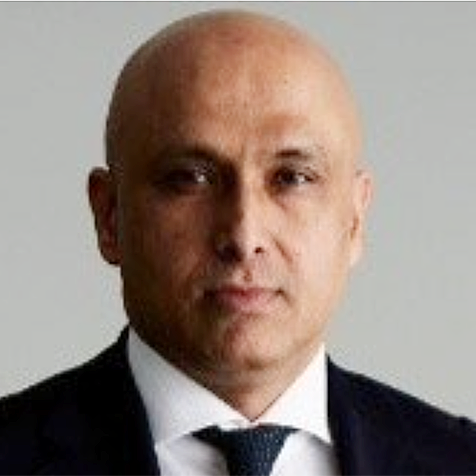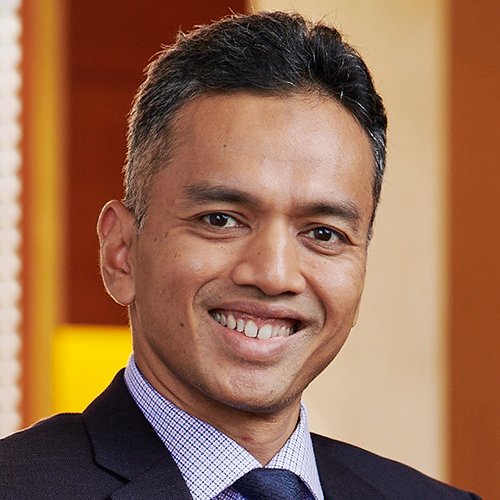An emerging debate about the definition of infrastructure suggests that Western democracies are starting to shift their priorities. The renewed focus on infrastructure and what it includes is to be welcomed – not least because it rebuts the claim the West has lost faith in the future.
Many argue that investment in traditional physical infrastructure – such as electricity grids, water distribution, and transport networks – is no longer enough. There is now a push to fund social and cultural infrastructure – community assets such as libraries, schools, hospitals and care systems that were not previously categorized in this way. Meanwhile, the growing power of Big Tech has prompted discussions about the need for digital public infrastructure.
The word infrastructure, coined by French railroad engineers in the late nineteenth century, refers to a complex set of systems that enable a society’s functioning. This complexity is exemplified by the tangle of pipes and cables buried beneath city streets that construction crews occasionally unearth. The new gets layered onto the old: British drivers are still using roads first built by the Romans and tunnels and bridges constructed by the Victorians. Such durability points to the forward-looking nature of investment in infrastructure, which may exist for a very long time indeed.
It is surprisingly difficult to find data on the extent and condition of existing infrastructure. This is because infrastructure projects vary enormously. While it is possible to count, say, the number of bridges, these are hardly standard units. To be sure, the scale and scope of some networks are easier to measure in physical terms – such as megawatts per hour for generating capacity or the distance of fibre-optic cables – but the costs of installation and the value created by each unit will differ significantly depending on the context. It is harder still to measure the quality and resilience of infrastructure.
What is clear, though, is that Western democracies have under-invested in the maintenance of this “traditional” infrastructure: look no further than the decrepit state of German railways, American bridges and British water and sewage services. Unsurprisingly, citizens are increasingly concerned about the implications of deteriorating infrastructure for their daily lives and the economy as a whole.
Now add to this the Western world’s growing understanding of infrastructure as encompassing social and cultural spaces and structures as well. The rationale for this expanded definition is straightforward: public goods and services that produce healthy and well-educated citizens are essential components of the foundation for the business and individual activities that allow the economy and society to function.
In his 2012 book, Infrastructure: The Social Value of Shared Resources, Brett Frischmann identifies three characteristics that unite infrastructure assets. First, they are non-rival in use (that is, many people can use them simultaneously). Second, demand for them is derivative – for example, people do not consume electricity for its own sake but because of what it enables them to do. Third, they can be used as inputs for a wide range of other activities.
To that I would add three other essential qualities. As Frischmann notes, infrastructure functions as a sort of public commons, implying that access to these assets should be universal, or at least not dependent on an individual’s personal connections or status. It is thus a progressive form of investment, delivering inclusive and sustainable prosperity.
Moreover, infrastructure often has positive spillovers or network effects, with benefits multiplying once use reaches a sufficient scale. For example, broadband’s economic impact increased more than in proportion to the number of people connected when density of use made new business models feasible. But the opposite is also true: as the rail network deteriorates, there will come a point when using it to transport goods becomes uneconomic.
Lastly, infrastructure generally involves upfront investment, resulting in low marginal supply costs. While this might seem obvious, it is worth emphasizing because it raises two classic public-goods problems: how to finance as much infrastructure as society needs, and how to regulate privately-provided assets when the increasing returns to scale make them natural monopolies.
But even more important, at least in today’s context, is the long time horizon of these assets. When engineer Joseph Bazalgette built the London sewage system starting in 1859, he ensured that its capacity vastly exceeded the expected need. This foresight has allowed the network to function for more than 150 years, over which time the city’s population has tripled, to more than nine million. Only now is the financially embattled Thames Water expanding the system, after many years of under-investment led to a scandalous increase in sewage spills.
A dim future awaits any society that allows its existing infrastructure to degrade and under-invests in new needs. Bridges and cables may seem unglamorous, but these common assets will form the basis of economic growth for years to come, and the countries investing in them are creating the conditions they need to thrive. As the conversation about broadening the scope of infrastructure grows louder in the West, there are glimmers of hope that these societies are finally waking up to the need to invest in the common good.
Diane Coyle is a professor of public policy at the University of Cambridge.
Copyright: Project Syndicate









